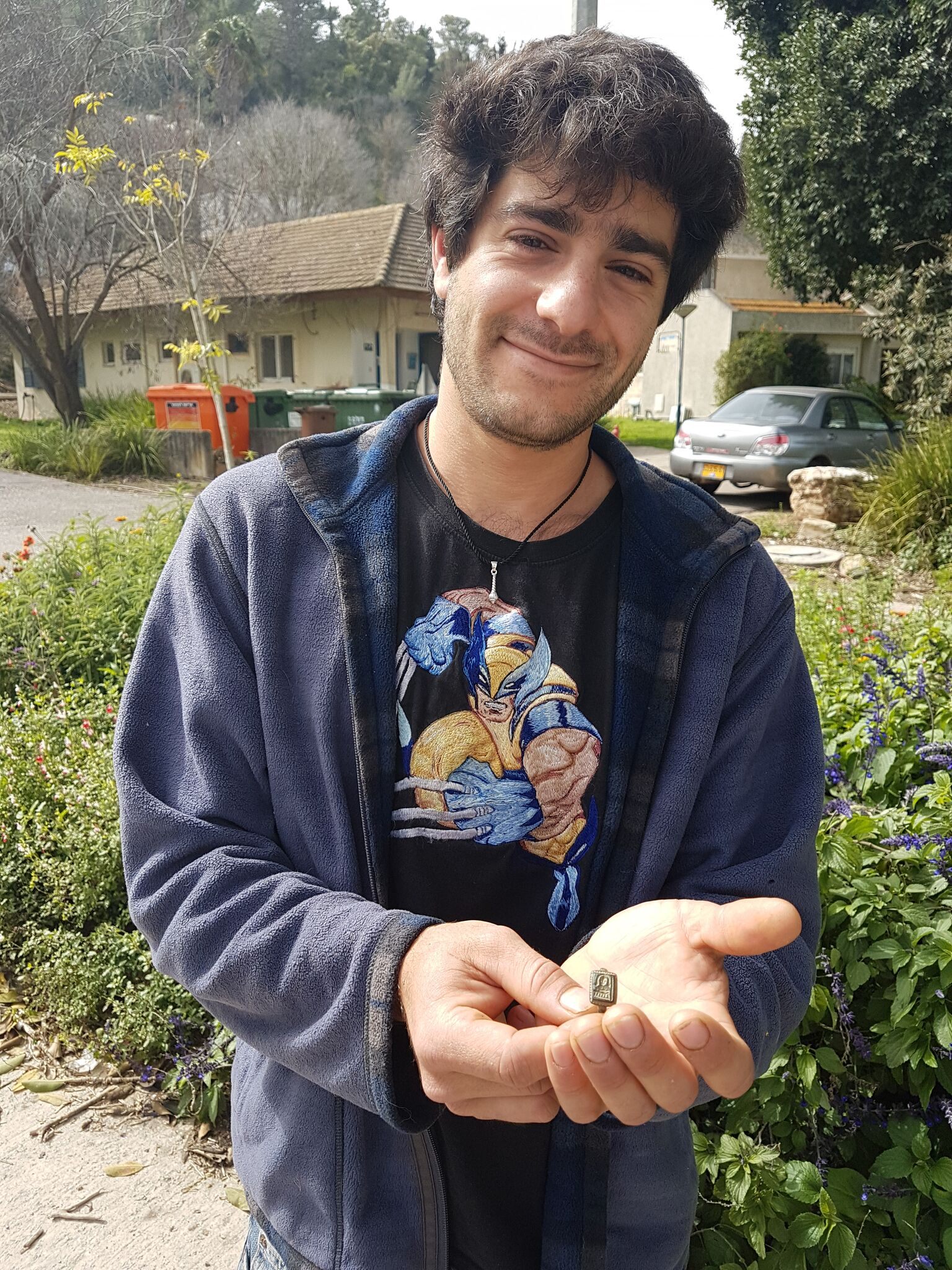Found: A 700-Year-Old Ring Adorned With St. Nicholas
It was probably lost by a medieval pilgrim on his way to the Holy Land.

The ancient Egyptians, the classical Greeks, the people of Middle Earth—they all saw rings as powerful symbols for human institutions such as marriage, religion, and political power. During the Middle Ages, it was not uncommon for wearers to don multiple rings, each signaling a different aspect of identity, from social class to political affiliation.
Last week, Dekel Ben-Shitrit, a 26-year-old gardener who was minding a private lot near HaZore’a kibbutz in northern Israel, found a 700-year-old bronze ring bearing an engraved image of St. Nicholas, the saint believed to be the inspiration for Santa Claus.
“I rubbed it slightly and I saw it was carved with a human image inside a frame,” Ben-Shitrit told CBN News.

Shortly after the discovery, Ben-Shitrit, who happens to have been born on Christmas Day, shared a photo of the ring on social media, where it was noticed by heritage authorities. According to Yana Tchekhanovets, a expert on the Byzantine period at the Israel Antiquities Authority (IAA), the artifact dates to a period between the 12th and 15th centuries.
As explained in a video produced by the IAA, during the medieval period, travelers carried icons to protect them while on the road, and St. Nicholas is the patron saint of travelers (along with pawnbrokers, children, thieves, and more). As the ring was found in Lower Galilee, near ancient Roman roads that brought people from around Europe to the Holy Land, Tchekhanovets believes that it was probably lost by pilgrim passing through.
“Christian pilgrims to the Land of Israel from all over the Byzantine Empire would carry his icon to protect them from harm,” she told CBN.











Follow us on Twitter to get the latest on the world's hidden wonders.
Like us on Facebook to get the latest on the world's hidden wonders.
Follow us on Twitter Like us on Facebook